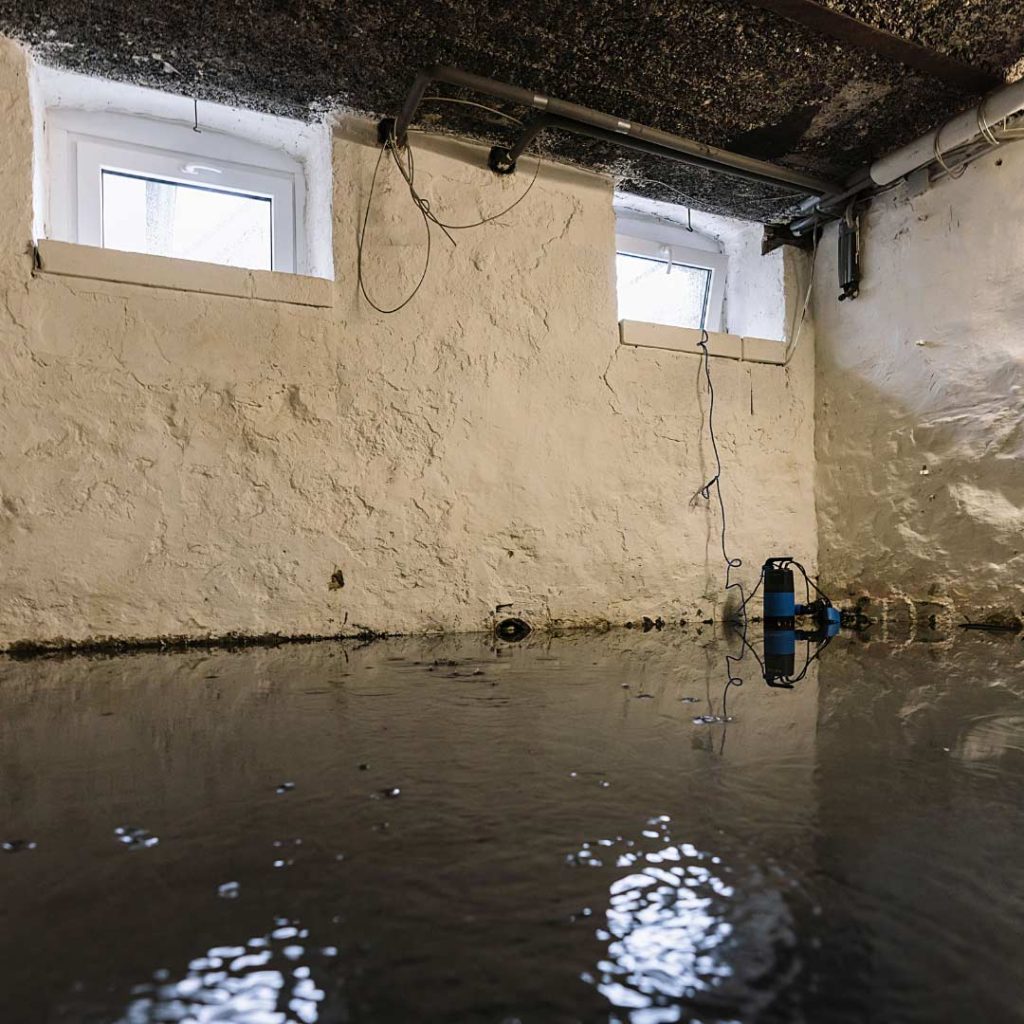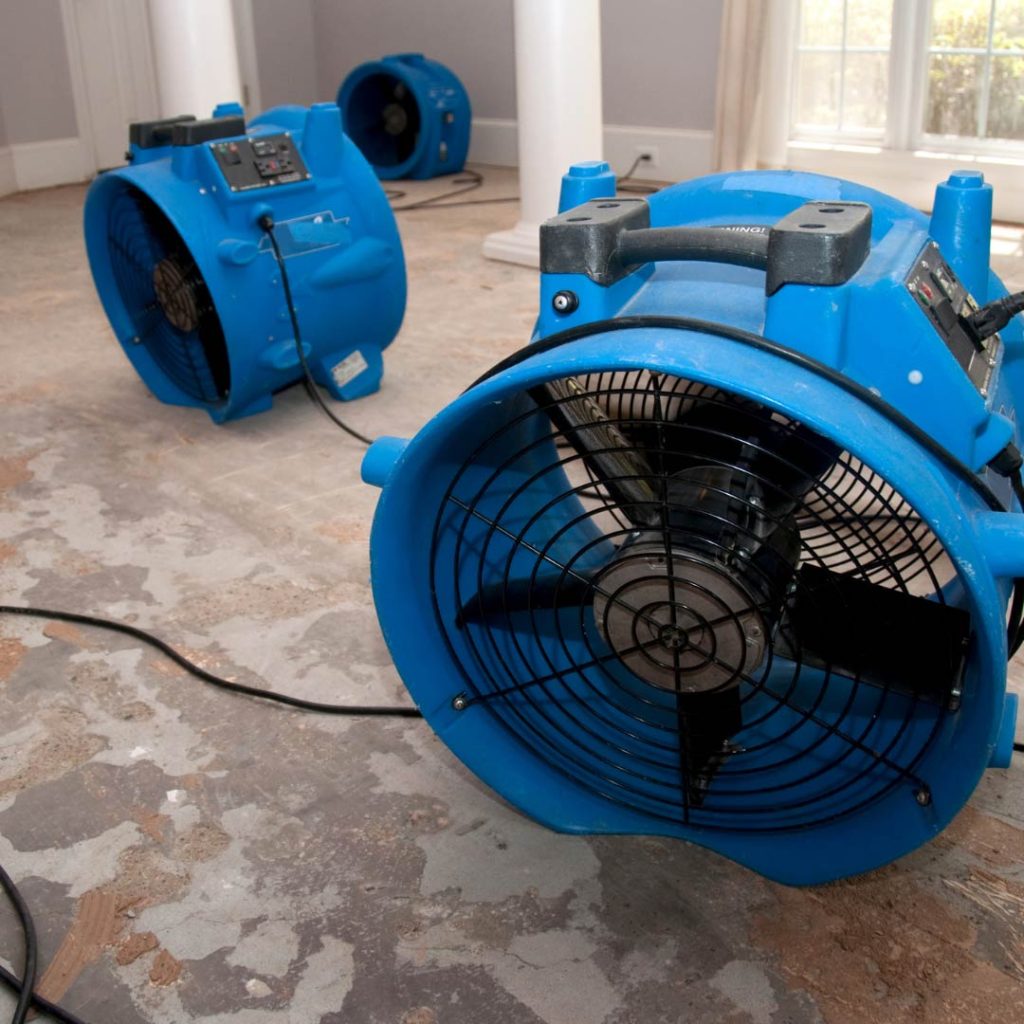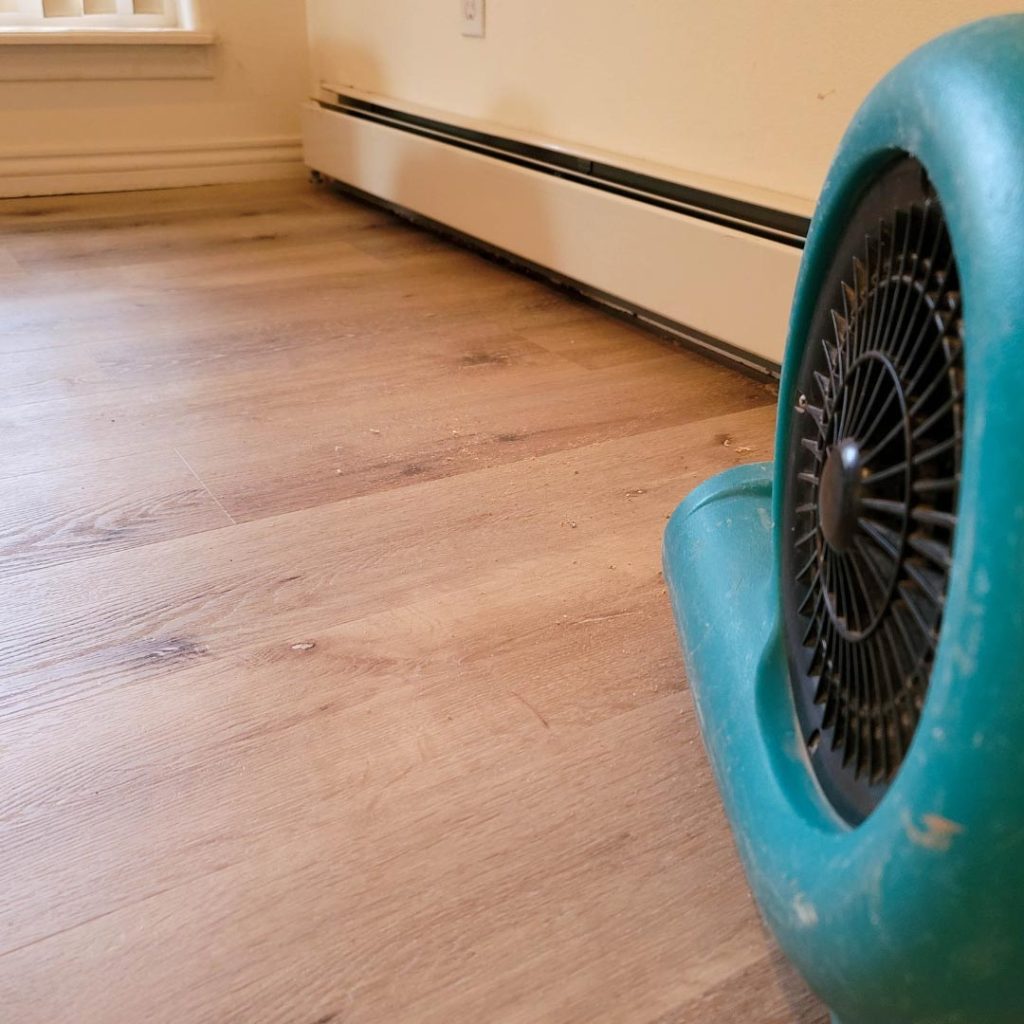Flooding during the holidays can quickly turn a joyful family gathering into a crisis. As water damage wreaks havoc on your home, it is important to understand its impact on your property and the potential hazards that may arise. Flooding can cause structural damage, electrical issues, and health risks. By recognizing these dangers, you can take immediate action to ensure the safety of your loved ones and minimize the long-term effects of the flood.
Assessing the Water Damage and Potential Hazards

After a flood in your home, it is crucial to thoroughly assess the extent of the water damage and identify potential hazards. Start by examining the affected areas of your home, looking for signs of structural deterioration, such as cracks in the walls or foundation. Inspect the electrical system and appliances to determine if the floodwater has compromised them. Be cautious of any exposed wires or outlets, as they pose a significant risk of electric shock.
Additionally, stagnant water can become a breeding ground for bacteria and mold, leading to health problems. Look for signs of mold growth, such as a musty odor or visible mold patches on walls or furniture. If you suspect mold, it is essential to take immediate action to prevent its spread and ensure your family’s safety.
Safety Precautions to Take After a Flood
When dealing with water damage, safety should be your top priority. Before entering the flooded area:
- Make sure the electricity and gas supply to that area are turned off.
- Wear protective clothing, including rubber boots and gloves, to minimize the risk of contamination.
- Avoid contacting the floodwater directly, as it may contain harmful substances or sewage.
Navigating through the flooded area, be cautious of slippery surfaces and unstable structures. Watch out for sharp objects that may be hidden in the water, and avoid walking on weakened floors or stairs. If you encounter any signs of structural damage or feel unsafe, it is best to evacuate and seek professional help.
Documenting the Damage for Insurance Purposes
To ensure a smooth insurance claim process, it is essential to document the damage caused by the flood. Take photographs or videos of the affected areas, capturing the extent of the water damage and any valuable items that have been ruined. If possible, make a detailed inventory of damaged belongings, including their approximate value and purchase date.
Keep all receipts related to cleanup and repair costs, as these can be used as evidence when filing a claim. It is also advisable to contact your insurance company as soon as possible to report the water damage and seek guidance on the following steps.
Steps to Mitigate Water Damage and Prevent Further Destruction

Mitigating water damage is crucial to prevent further destruction to your home. Remove excess water using pumps, wet/dry vacuums, or towels. Open windows and doors to facilitate airflow and aid in the drying process. Utilize fans and dehumidifiers to reduce moisture levels and discourage mold growth.
Once the area is dry, disinfect all surfaces that came into contact with the floodwater. Use a bleach solution or an appropriate disinfectant to kill bacteria and prevent the spread of contaminants. Dispose of damaged items that cannot be salvaged, as they may pose a health risk or hinder restoration.
Dealing with the Emotional Aftermath of a Flood
Experiencing a flood can be emotionally overwhelming, especially during the holidays. It is completely understandable to feel a range of emotions, including stress, anxiety, and sadness. Contact your support system, whether friends, family, or professional counselors, to discuss your feelings and seek comfort.
Take time to prioritize self-care and engage in activities that bring you joy and relaxation. Practice stress management techniques such as deep breathing exercises or meditation to help calm your mind. Remember, it is okay to ask for help when needed, as coping with the emotional aftermath of a flood can be challenging.
Restoring Your Home and Belongings After a Flood
Restoring your home and belongings after a flood requires careful planning and execution. Start by thoroughly cleaning and disinfecting all affected areas. Remove any remaining moisture to prevent mold growth and further damage. Repair or replace damaged structural components, electrical systems, and appliances with the help of professionals, if necessary.
When salvaging personal belongings, prioritize items with sentimental value or expensive ones to replace. Clean and dry them thoroughly, following proper guidelines for each specific object. Consult with restoration experts for professional advice and assistance in restoring valuable possessions.
Finding Professional Help for Water Damage Restoration Austin TX

In many cases, seeking professional help for water damage restoration is essential to ensure a thorough and efficient recovery process. Look for reputable companies specializing in flood cleanup in austin with the necessary expertise and equipment to handle the job. Check their credentials, read customer reviews, and request a detailed estimate before deciding.
Professional restoration services can help with water extraction, drying, mold remediation, and structural repairs. They have access to advanced equipment and techniques to expedite the restoration process and minimize the risk of further damage. By entrusting the restoration to experts, you can have peace of mind knowing that your home is in good hands.
Tips for Preparing Your Home for Future Flood Risks
While you cannot control the weather, there are proactive steps you can take to prepare your home for future water damage risks. Start by ensuring proper drainage around your property, including regularly cleaning gutters and downspouts. Install a sump pump and consider elevating valuable items and electrical systems in flood-prone areas.
Invest in flood insurance to protect your home and belongings against flood damage. Familiarize yourself with the terms and coverage of your policy, ensuring that it adequately meets your needs. Create a comprehensive emergency plan for your family, including evacuation routes, emergency contacts, and essential supplies.
Conclusion: Moving Forward After a Flood Crisis
Experiencing a flood during the holidays can be devastating, but you can navigate the crisis and recover effectively with the proper knowledge and actions. Understanding the impact of flooding, assessing the damage, and taking safety precautions are crucial first steps. Documenting the damage for insurance purposes and mitigating further destruction is essential for a smooth recovery.
Dealing with the emotional aftermath of a flood is just as important as restoring your home and belongings. Lean on your support system and practice self-care to cope with the challenges. Seek professional help for water damage restoration to ensure a thorough recovery process. Finally, take proactive measures to prepare your home for future flood risks, giving you peace of mind and minimizing potential damages. By taking these steps, you can move forward after a flood crisis, rebuilding your home and embracing a brighter future.







